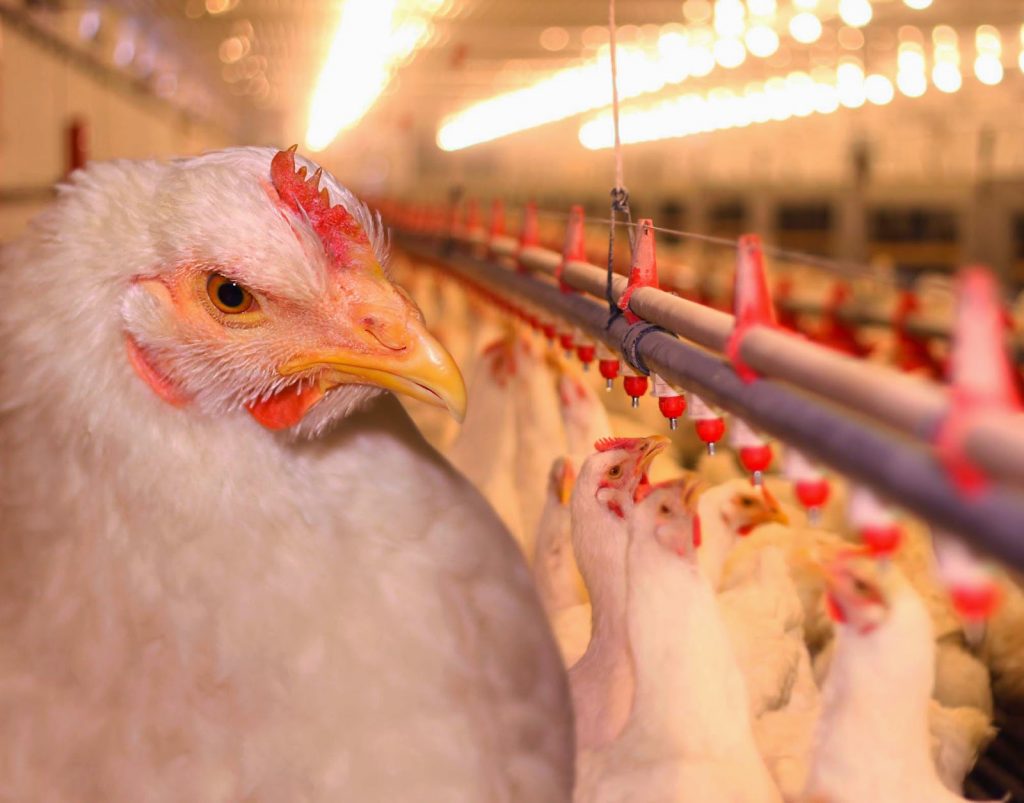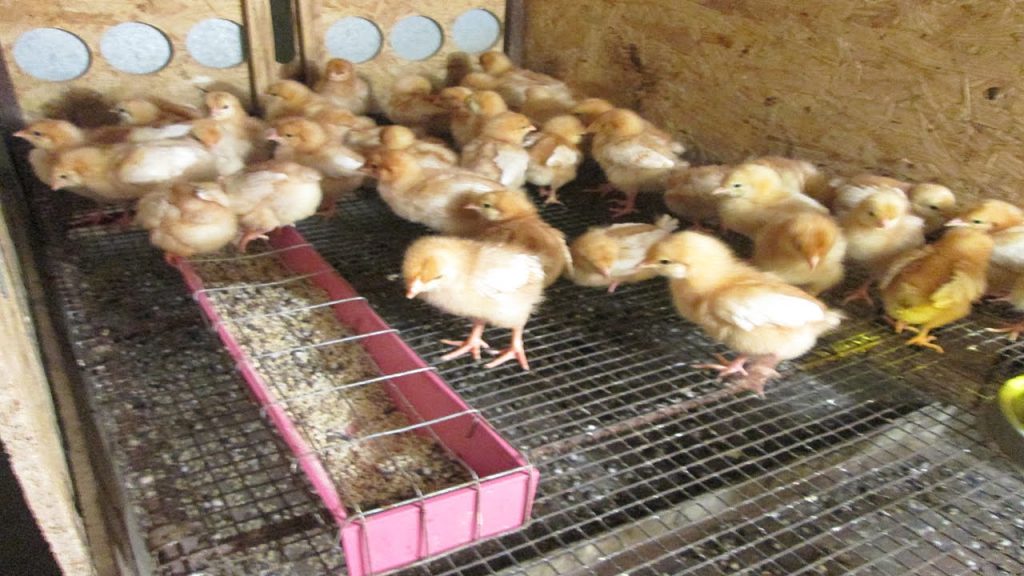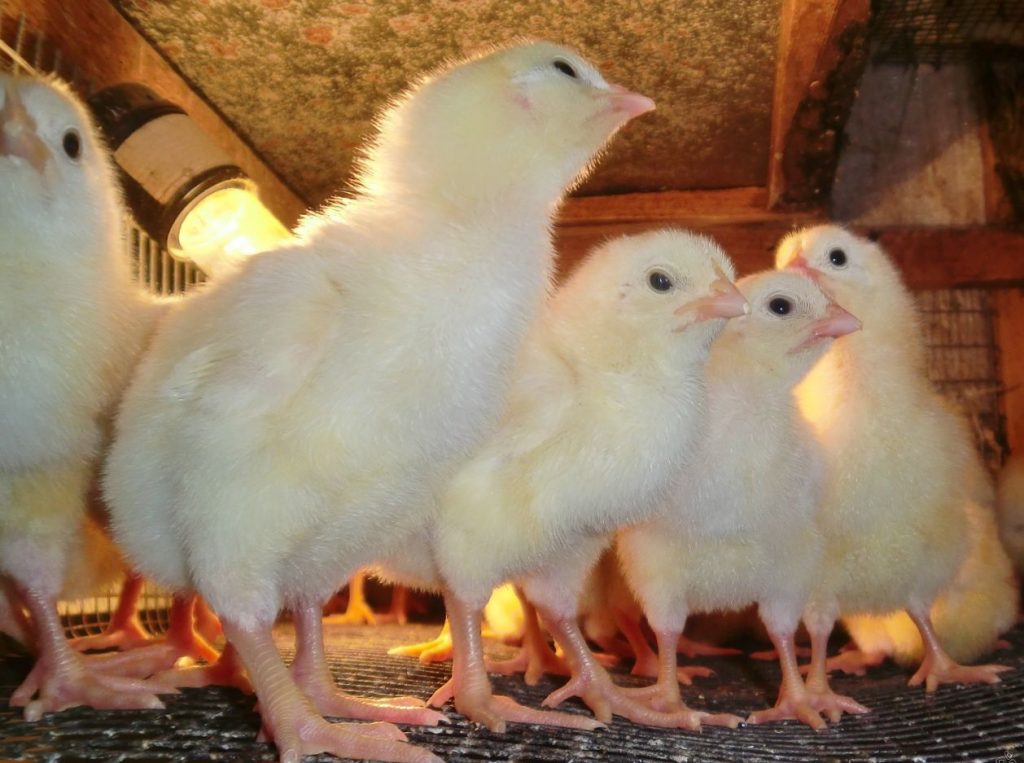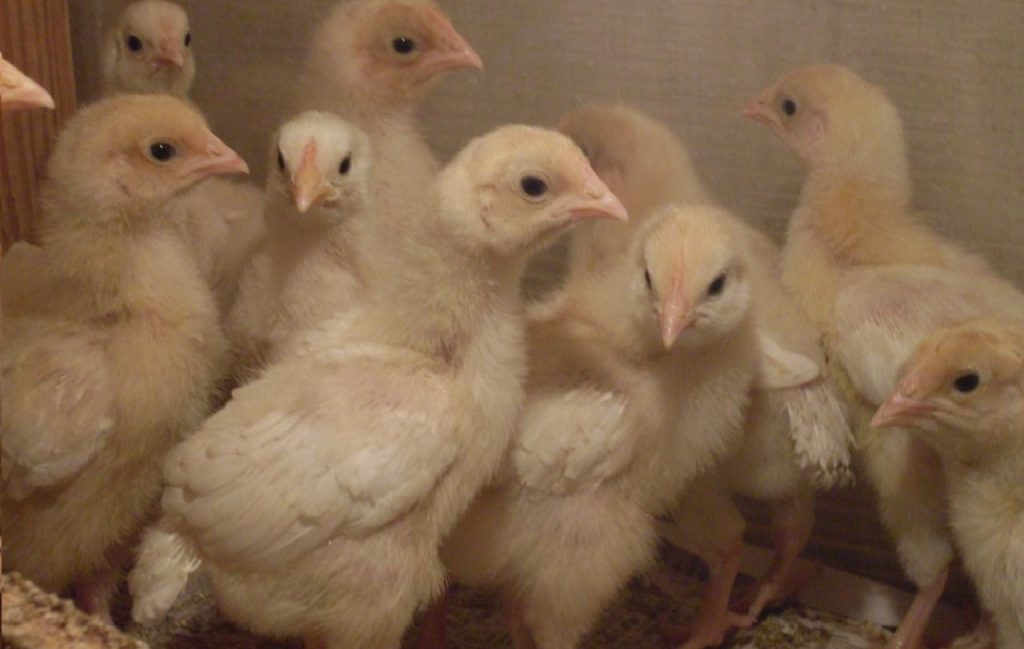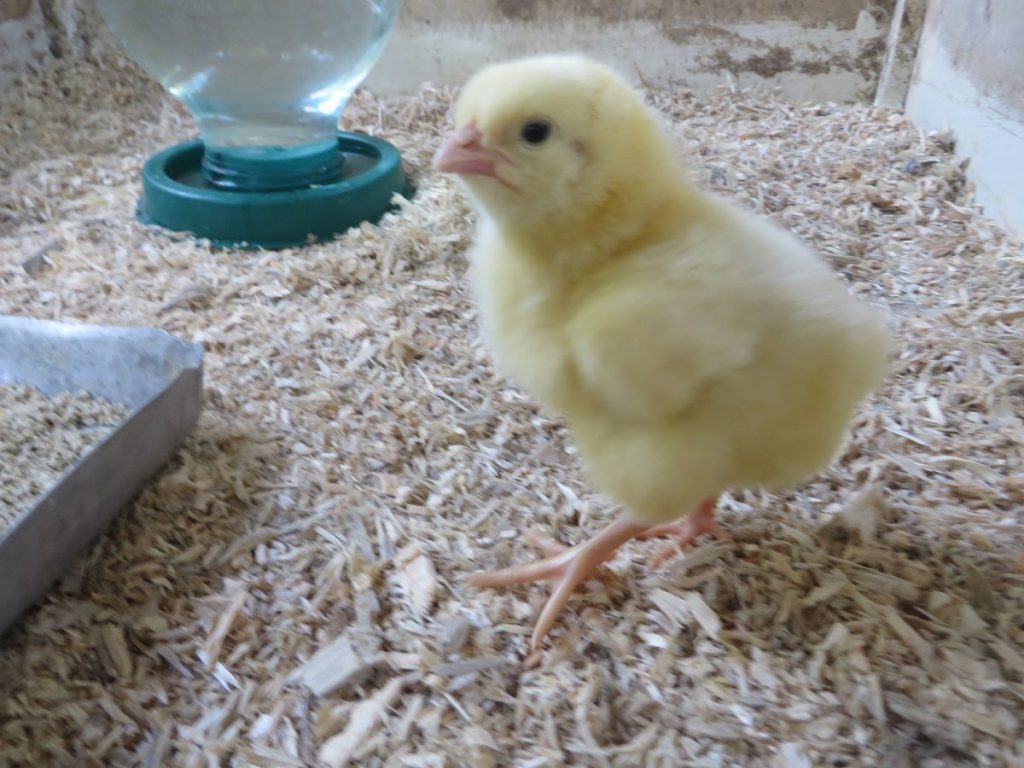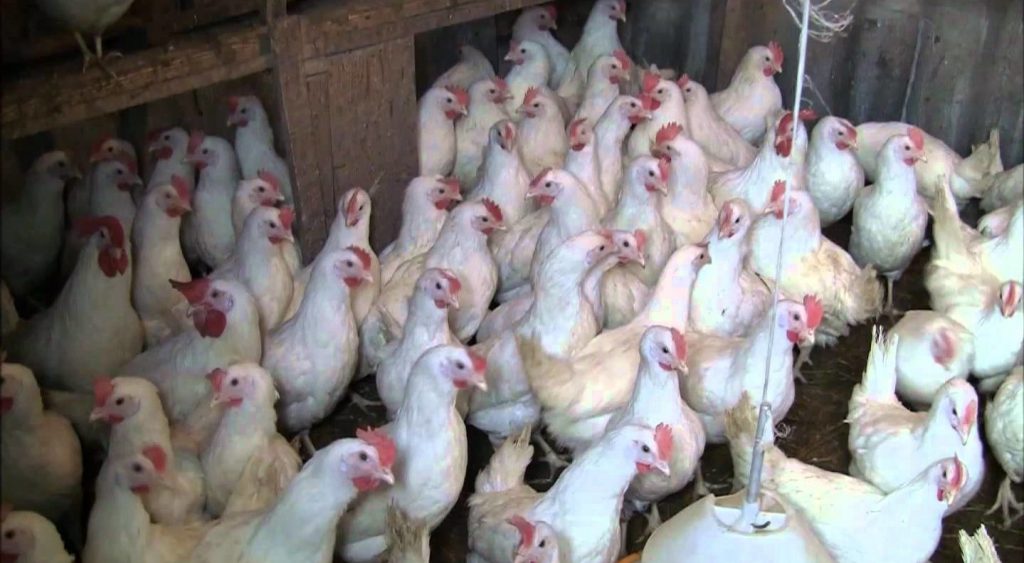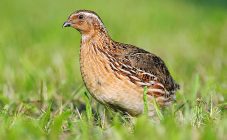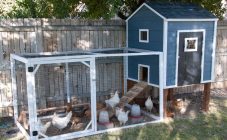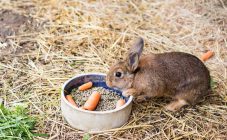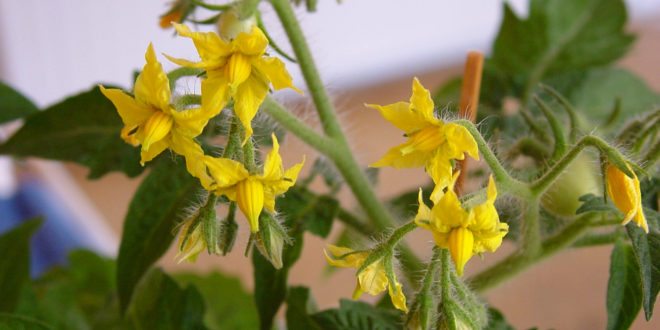Content:
Broilers were bred by crossing different breeds. The purpose of this cross was to obtain birds with excellent characteristics. Broilers are characterized by fast weight gain and excellent meat taste. Keeping broilers at home requires a lot of effort. To understand what kind of chickens are broilers, what kind of maintenance and feeding they need at home, you should familiarize yourself with the basic requirements for their maintenance.
Poultry houses distinguish between two approaches to bird rearing: extensive and intensive. The extensive approach is characterized by long-term rearing of a large batch of birds, for example, from spring to autumn. The intensive method involves raising birds in smaller batches with constant renewal every 3 months throughout the year. Chickens do not have access to outdoor walks; feed is made up of compound feed.
From an economic point of view, it is optimal to keep broiler chickens for 70 days. With the onset of this age, the bird stops growing and developing, which subsequently will not justify the cost of feed.
Broiler conditions
There are two approaches to raising broilers: bird cage and floor keeping.
How many broilers can be kept per square meter? In such an area, when flooring, you can place no more than 18 chickens. When placed tightly, it is important for them to provide good ventilation. When caged, the placement density should be 10 birds per 0.5 sq. m.
Chickens, which are several days old, need to maintain a high air temperature, within 27-33 degrees. After a few weeks, the temperature can be reduced to 20 degrees.
Heaters can be used to maintain the temperature. But at the same time, it becomes necessary to monitor the temperature. Birds can show the temperature themselves. When chicks are grouped near the heater, there is a lack of heat. If you lower your wings and stretch your heads, you should lower the temperature.
When broilers are raised in cages, the temperature is kept at a higher 34 degrees because the chicks cannot choose a warmer or cooler place.
To buy quality chickens, you should pay attention to their appearance. They should be mobile, have straight legs without wounds, bruises and spots. You can also pinch the chicken down a little. The absence of a cannon on the hands means that the bird is not sick. The eyes should shine.
You should also pay attention to the beak: the norm is a pyramidal shape and a light yellow color.
Broiler chicks: care and feeding
Broiler chicks require careful handling and feeding. As described above, chicks can be housed in floor structures or cages.Before settling the chickens, their future residence must be prepared:
- The house is cleaned, disinfected and dried.
- A layer of slaked lime is placed on the bottom. There are 0.5 - 1 kg of substance per 1 square meter.
- Lime is covered with sawdust. The layer must be at least 10 cm.
- Provides 65% humidity.
- Check the ventilation in the building.
- Maintain optimal air temperature, round-the-clock lighting.
As the chicks grow older, their care and feeding changes.
Nursing and feeding of day old chicks
Toddlers do well in cardboard boxes or wooden crates. 1 square meter can accommodate up to 15 heads. It is important to pay attention to the bedding material. It can be straw, sawdust or shavings that absorb moisture well. It is important to keep the aviary clean so that various infections do not occur.
Temperature
Babies do not have thermoregulation, so it is important to keep the temperature at 31-33 degrees. For convenience, you can hang a thermometer in the aviary. You can also watch the chicks: if the air temperature is too high, they will look for a colder place, and if it is low, they will huddle together. An infrared lamp or an electric heater can be used for additional heating.
Ventilation
For small chicks, it is important to provide fresh air. To do this, you can install a ventilation system.
Lighting
To protect chicks from lack of vitamin D and rickets, you need to take care of additional lighting. The duration of daylight hours should be at least 18 hours. Gradually, grown-up birds should be accustomed to the dark, turning off the lamp for 10-15 minutes. This will protect them from stress in the event of a sudden power outage. In the future, reducing additional lighting will save the chick budget.
Feeding
The ration of chickens can be based on the ready-made feed of the category Start. The composition of such mixtures should include:
- Corn.
- Bone flour.
- A piece of chalk.
- Barley.
- Wheat.
- Oilcake.
- Fodder yeast.
Preference should be given to a ration of crushed grain feed that does not contain a film. Small chicks need protein and fiber to grow quickly.
On the second day, the chickens are given a few drops of trivitamin. This product is specially designed for day old broilers. It helps to improve immunity and prevent various diseases. From the third day, you can add finely chopped fresh herbs. Young nettles work well. From the fifth day of life, you can give dry food or wet mash. Cottage cheese is included for the purpose of enriching the diet with protein. It is necessary to feed the chicken 8 times a day in small portions.
Clean water is essential for keeping broilers well. The water should be changed daily. For the prevention of diseases of the gastrointestinal tract, chickens can be given a pale pink solution of potassium permanganate every 3 days. Antibiotics will help improve survival.
Among the effective antibiotics are: Ernostin, Pharmazin, Baytril. Medicines should be given to chickens for no more than 5 days. A probiotic such as chiktonic and rex vital can be given at the same time. They will help improve the intestinal microflora and enhance immunity.
Care and feeding of weekly chicks
The week-old chicks are already grown and strong. 24-hour lighting is still left on. The air temperature gradually begins to decrease. The diet remains the same. You can add milk whey and cottage cheese to it. Fish oil is added to the diet at 0.1 grams per head.Finely grated carrots, porridge of nettle leaves, chalk flour, ground shell rock, calcined eggshells, fish waste are also introduced. The consumption rate increases to 15-20 grams.
The frequency of feeding is reduced to 6 times a day. Prevention of putrefactive processes is carried out with the addition of 50 mg of ascorbic acid, diluted per 1 kg of food.
Care and feeding of 2 week old chicks
From the second week, you can add green onions, finely chopped beforehand. Onions have excellent action against parasites. The amount of greens in the diet is increased to 15%.
During this period, Baycox is added to the water to combat coccidosis. This disease is considered the most common in poultry and affects the digestion of chicks. The dosage of the drug is 0.5 grams per 1 liter of water.
The amount of feed consumed per day increases to 30 g. The air temperature should be 28 degrees.
Lighting should remain around the clock. In the third week, the lighting is removed to the trough and drinker area.
Care and feeding of one month old chicks
One month old chicks can be gradually switched to a Growth class combo feed. The menu should be composed of minerals, fishmeal, cereals, corn, vitamins and amino acids.
For homemade feed, oats, wheat, barley, peas, corn are used in equal proportions. Also make meat and bone meal, fish oil, whey, green onions, lettuce, cabbage leaves.
After 35 days, the amount of corn is increased to 40% of all cereals. Oilcake and meal are put in a volume of 15%. Monthly chickens should weigh about 800 g. Bread, boiled potatoes, low-quality and pungent-smelling foods, sand are removed from the diet of chickens.
Daylight hours are reduced to 15 hours, the light can be turned off at night, the air temperature is reduced to 23 degrees.
Good ventilation and prevention of dampness will keep birds from getting aspergillosis. Also, preparations containing iodine will help in prevention. They are added to food or water.
Birds over 40 days of age should be fed whole grain or final feed.
You can make porridge from corn, peas, wheat, herbs and small boiled fish. It is no longer possible to give medicines to birds. Daylight hours are reduced to 14 hours, the temperature - up to 21 degrees.
Adult broiler care
Broiler cages
This method is suitable if the number of heads is not more than 10. The cage should restrict the movement of birds to the feeder and drinker. If you have more than 10-12 heads, consider a few cages or a pen.
For cages, trough-shaped feeders and continuous drinkers are chosen. One side of the trough can be made of small rods to prevent small chicks from falling out or running away.
Keeping broilers in cages requires certain conditions:
- The area calculation should be based on the accessibility of each bird to feed and water.
- Food and water must always be fresh and of good quality.
- If the daylight hours are short, additional lighting is required.
- The cells should be free from dampness and drafts.
- Avoid excessive nitrogen build-up by providing ventilation.
- Regular cleaning and disinfection of cells.
The advantages of cage keeping poultry: ease of care and compactness. Disadvantages: high cash costs.
How to care for broilers in the floor
It is important for floor maintenance to use good litter materials.
The main criteria for choosing a bedding material:
- dryness,
- looseness of the material,
- absorption of moisture and gases by the material.
The main difference is the minimum cost to build a bird pen. The disadvantage of this growing method: it takes up large areas, it is necessary to constantly monitor the increase in humidity and the occurrence of dampness.
Tips and tricks from experienced poultry farmers
In the summer, with a sharp increase in air temperature, a sharp decline in livestock may begin. To avoid this, you should take appropriate care of broilers 1 month or 1 week:
- The air temperature should not exceed the permissible standards. It is important to monitor ventilation.
- In the afternoon, you should limit food intake, but you should not force the bird to starve.
- The presence of several vents or the inclusion of fan devices will help to correctly configure the ventilation.
- Meeting the needs of chickens for fresh clean water.
- Keep birds away from cold air during longitudinal ventilation.
Do broilers need a roost
Poultry farmers differ on this issue. Many broilers sit on the floor. But there are specimens that roost. If it is decided to build a roost, it should be placed no higher than 50 cm from the floor and near the wall so that it does not interfere with cleaning.
No matter how strong and hardy broilers are, they need care. So that keeping broiler chickens does not become a torment, it is important to understand all the nuances: from building a brooder to feeding and treating diseases. Cleaning of cages and cages and prevention of dampness will save livestock from death. It is also important to treat the diseases of babies in a timely manner. The best breed of broiler chickens is considered to be the Cobb 500. Among its relatives, it is distinguished by its rapid growth rates and minimal maintenance costs.
